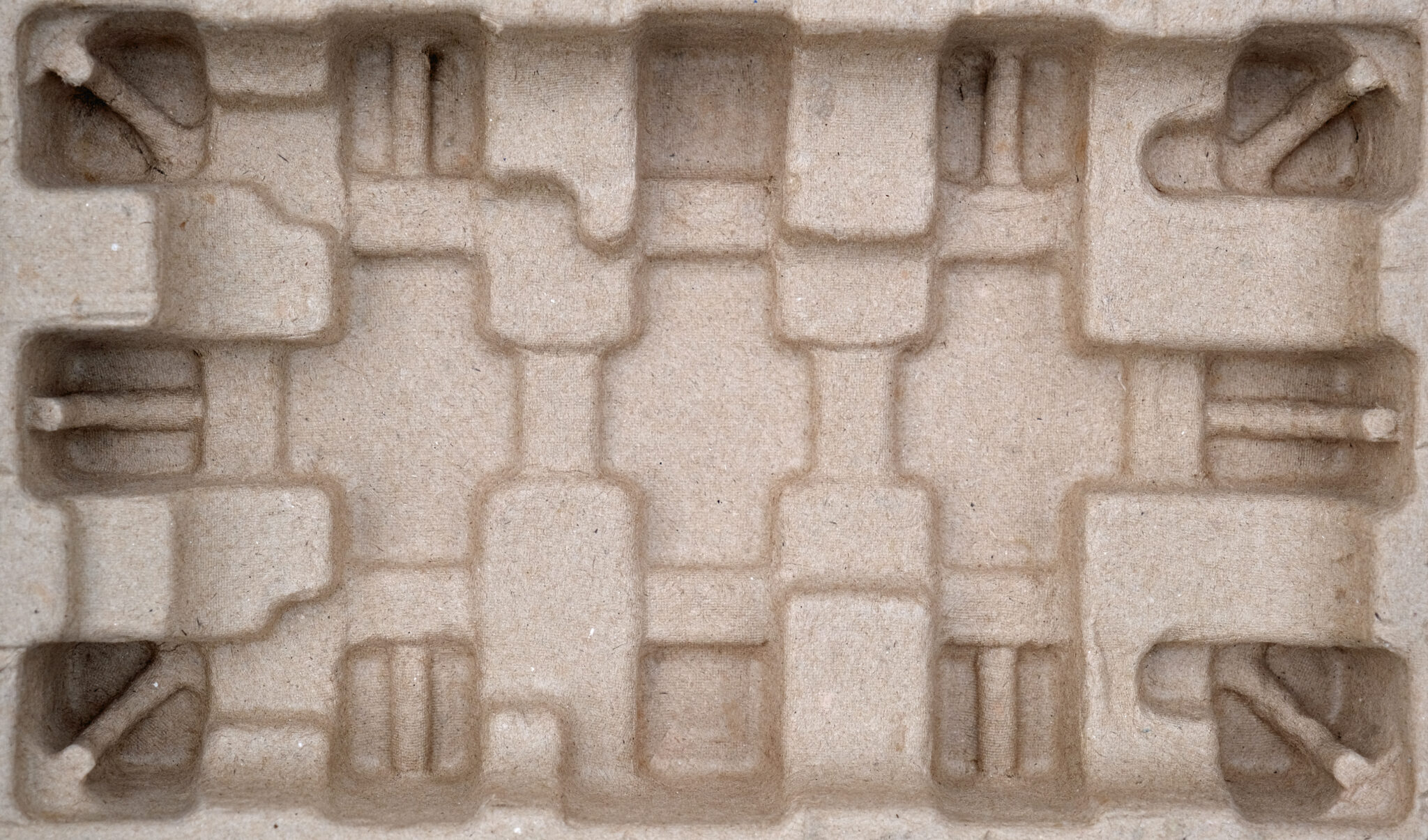Packaging Trends and Technologies for Biologic Therapies
As biologic therapies continue to advance, the demand for innovative packaging solutions is on the rise. In this article, we’ll explore a few advancements highlighting the commitment to creating patient-centric, environmentally conscious, and reliable packaging solutions for biologic therapies.
Temperature-sensitive stickers
Temperature-sensitive stickers play a crucial role in biopharma packaging, especially for therapies that require strict temperature control to maintain efficacy and safety. These therapies can be compromised by even minor temperature deviations, risking serious consequences for patients. Temperature-sensitive stickers adhere to the therapy containers and change color in response to temperature variations. This visual cue provides patients and healthcare providers with immediate feedback on whether the therapy has been stored within the recommended temperature range. This not only ensures the therapy’s effectiveness but also enhances safety by confirming proper storage conditions during transit and before administration. Thus, these stickers serve as essential tools in maintaining the integrity and safety of biopharmaceutical products throughout their journey from production to patient use.
Kit Design for Negative Transfer
Negative transfer occurs when a participant assumes a new device or product works like a different product they’ve used in the past and can result in significant use errors. It can be difficult to avoid errors caused by negative transfer as it can be a challenge to know, or control, what products an intended user interacts with and what experience they are going to transfer to a new device. Negative transfer can also occur with packaging. One of the ways to prevent this is by designing intuitive, consistent packaging that takes the guesswork out. This can be done through the use of consistent artwork, iconography, and component layout, Additionally, it’s important to have quality instructions for use (IFU) and/or a quick reference guide (QRG). Together, these elements work to streamline the patient administration process and help ensure proper use.
Paper Injection Molding
Paper injection molding is an innovative technique that allows paper pulp to be molded into durable, complex shapes suitable for packaging materials. This method uses cellulose fibers and other natural additives to create sturdy, biodegradable products that can replace traditional plastics in packaging. Unlike plastic, paper-molded products are renewable and compostable. The material offers a sustainable solution that reduces plastic waste and helps lower carbon footprints. Paper injection molding is versatile, enabling the production of custom shapes for various applications, from food containers to electronics packaging, making it an appealing alternative as businesses look for eco-friendly options.
Innovative packaging solutions are pivotal in supporting the effectiveness and safety of biologic therapies, from production to patient administration. These advancements not only prioritize patient safety and therapy efficacy but also align with a growing emphasis on environmental responsibility. As biologic therapies continue to develop, so will the packaging solutions that support them, ultimately enhancing patient outcomes and contributing to a more sustainable healthcare industry.
Sources
- https://cclhealthcare.com/packaging-products/pharmaceutical-labels/smart-and-intelligent-packaging/temperature-indicating-overview/
- https://www.emergobyul.com/news/reducing-use-errors-avoiding-negative-transfer#:~:text=Negative%20transfer%20occurs%20when%20a,result%20in%20significant%20use%20errors.
- https://shore-group.com/insights/negative-transfer/
- https://nisshausa.com/products/pim-pulp-injection-molding/
- https://www.faller-packaging.com/en/innovations-and-solutions/sustainable-packaging-concepts/paper-injection-molding-trays

